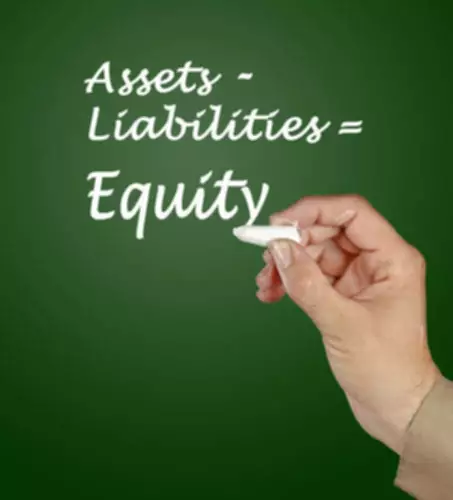Content

Additional paid-in capital, which is often shown as APIC on the balance sheet, reflects funding a company has received by issuing new shares. To calculate retained earnings, the beginning retained earnings balance is added to the net income or loss and then dividend payouts are subtracted. A summary report called a statement of retained earnings is also maintained, outlining the changes in retained earnings for a specific period. A few more terms are important in accounting for share-related transactions.
Founder shares or class A shares have more voting rights than for instance the other class of shares. Upgrading to a paid membership gives you access to our extensive collection of plug-and-play Templates designed to power your performance—as well as CFI’s full course catalog and accredited Certification Programs. Adam Hayes, Ph.D., CFA, is a financial writer with 15+ years Wall Street experience as a derivatives trader. Besides his extensive derivative trading expertise, Adam is an expert in economics and behavioral finance.
Is Stockholders’ Equity Equal to Cash on Hand?
It’s used in financial modeling to forecast future balance sheet items based on past performance. There are several components that go into shareholder equity, including retained earnings. This is the percentage of net earnings left over after dividends have already been paid. It’s important to note that statement of stockholders equity retained earnings are separate from liquid assets like cash, but still make up a portion of the total assets for equity purposes. When you take all of the company’s assets and subtract the liabilities, what remains is the equity. For a company with stock shares, the equity is owned by the stockholders.

Positive Stockholder’s Equity represents the healthy company, and negative Stockholder’s Equity represents the weak health of the company. In short, there are several ways to calculate stockholders’ equity (all of which yield the same result), but the outcome may not be of particular value to the shareholder. Stockholders’ equity is a line item that can be found on a company’s balance sheet, and the trend in stockholders’ equity can be assessed by looking at past balance sheet reports. Stockholders’ equity is also referred to as shareholders’ or owners’ equity.
Stockholders’ Equity Example
There is no such formula for a nonprofit entity, since it has no shareholders. Instead, the equivalent classification in the balance sheet of a nonprofit is called “net assets.” While newer companies rely on the initial paid-in capital to fund operations and growth initiatives, the accumulated retained earnings of more established companies can be the largest source of stockholders’ equity.
